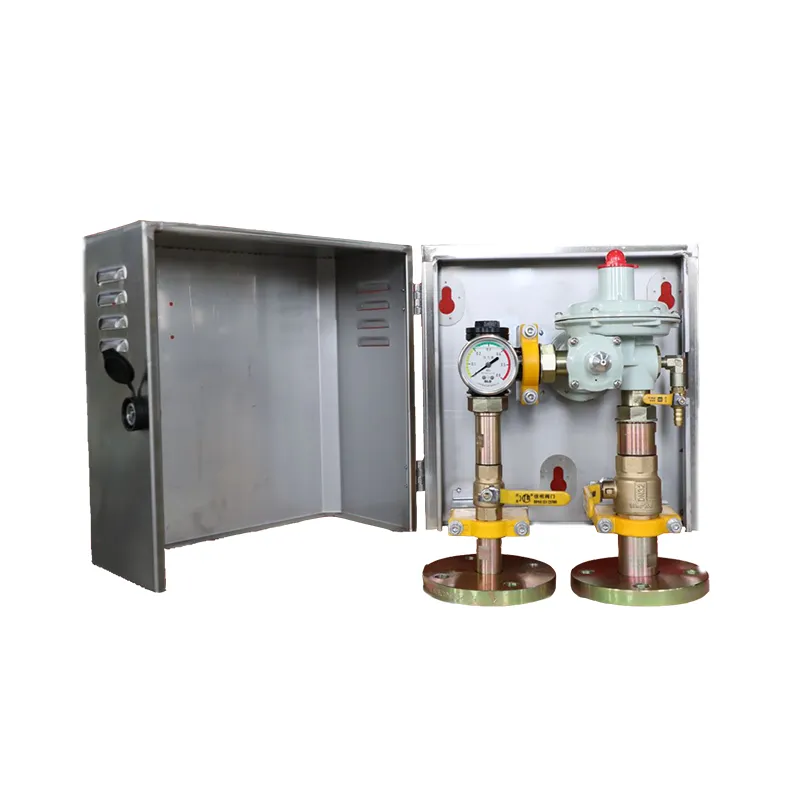
Dec . 19, 2024 00:21
Back to list
gas heat exchanger
Gas Heat Exchangers An Essential Element of Modern Thermal Management
In the world of thermal management, gas heat exchangers play a pivotal role in enhancing efficiency across various applications, including industrial processes, HVAC systems, and renewable energy systems. As industries and households continue to seek energy-efficient solutions, the significance of gas heat exchangers has surged, making it crucial to understand their functionality, types, and applications.
Understanding Gas Heat Exchangers
Gas heat exchangers are devices designed to transfer thermal energy between two or more fluids without them coming into direct contact. These devices can operate with a range of gases, including natural gas, air, and exhaust gases produced from combustion. The primary goal of a gas heat exchanger is to optimize thermal efficiency by recovering waste heat and providing a method for heating or cooling gases based on the specific needs of a system.
How Gas Heat Exchangers Work
The basic principle behind gas heat exchangers revolves around the flow of hot and cold gases through the exchanger, typically separated by a heat-conducting wall. As the hot gas passes through the exchanger, its heat is transferred to the cooler gas. This process efficiently raises the temperature of the cold gas, which can subsequently be used for various heating applications, while the hot gas is cooled down. The effectiveness of this heat transfer is influenced by factors such as the surface area of the heat exchanger, the temperature difference between the gases, and the flow arrangement—whether counterflow, parallel flow, or crossflow.
Types of Gas Heat Exchangers
Gas heat exchangers are categorized into several types based on their design and intended application. Some of the most common types include
1. Shell and Tube Heat Exchangers These consist of a series of tubes, one set carrying the hot gas and the other the cold gas. This design is widely used in industrial applications due to its robustness and high capacity for heat transfer.
2. Plate Heat Exchangers Composed of numerous thin plates arranged in a way that allows hot and cold fluids to flow in alternate channels, plate heat exchangers offer a compact solution with high heat transfer efficiency, making them ideal for smaller applications.
3. Fin-tube Heat Exchangers These utilize extended surfaces, or fins, attached to the tubes to increase the surface area for heat transfer. This design is particularly effective in applications where the gas has low heat transfer coefficients.
4. Air-to-Air Heat Exchangers Frequently used in HVAC systems, these exchangers transfer heat between two air streams. They can recover heat from exhaust air to preheat incoming fresh air, thereby reducing energy consumption in heating systems.
Applications of Gas Heat Exchangers
gas heat exchanger

Gas heat exchangers have a diverse range of applications
- Industrial Processes Many manufacturing processes require precise temperature control. Gas heat exchangers help recover waste heat from exhaust gases, making processes more energy-efficient.
- Power Generation In power plants, gas heat exchangers are employed to harness waste heat from internal combustion engines or turbines, thus improving overall energy efficiency.
- HVAC Systems By transferring heat between indoor and outdoor air, these systems enhance climate control while reducing energy costs.
- Renewable Energy In systems like biogas and geothermal energy, gas heat exchangers facilitate the efficient transfer of heat, aiding in the production of electricity and heat from renewable sources.
Benefits of Gas Heat Exchangers
The adoption of gas heat exchangers brings about numerous advantages
- Energy Efficiency By recycling waste heat, gas heat exchangers significantly reduce energy consumption, leading to lower operational costs.
- Environmental Impact Utilizing heat that would otherwise be wasted helps minimize greenhouse gas emissions, contributing to a more sustainable future.
- Enhanced Performance In industrial setups, these exchangers can improve process performance by maintaining optimal temperature levels.
Conclusion
Gas heat exchangers are integral to improving efficiency and sustainability in various sectors. As technology advances, the design and application of these devices continue to evolve, promising even greater energy savings and reduced environmental impact. Understanding the fundamentals of gas heat exchangers not only aids in optimizing existing systems but also fosters innovation in developing future thermal management solutions. In an era where energy efficiency and sustainability are paramount, the significance of gas heat exchangers cannot be overstated.
Next:
Latest news
-
Safety Valve Spring-Loaded Design Overpressure ProtectionNewsJul.25,2025
-
Precision Voltage Regulator AC5 Accuracy Grade PerformanceNewsJul.25,2025
-
Natural Gas Pressure Regulating Skid Industrial Pipeline ApplicationsNewsJul.25,2025
-
Natural Gas Filter Stainless Steel Mesh Element DesignNewsJul.25,2025
-
Gas Pressure Regulator Valve Direct-Acting Spring-Loaded DesignNewsJul.25,2025
-
Decompression Equipment Multi-Stage Heat Exchange System DesignNewsJul.25,2025

